Peter Ilyich Tchaikovsky "Baba Yaga"
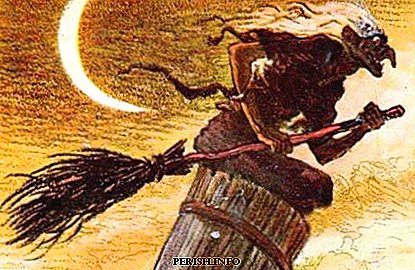 Peter Ilyich Tchaikovsky is an outstanding Russian composer, who is rightfully called the musical genius of a planetary scale. As the author of amazing works, with passionate admirers on all continents, he created excellent music not only for adults but also for children. The most striking example of this is his priceless creation, called the "Children's Album". In this remarkable composition, the great maestro presented a whole kaleidoscope of colorful images from the wonderful and magical world of childhood, drawing them with the help of musical sounds. The cycle includes twenty-four small paintings, which are very popular both in our country and abroad, such as the colorful miniature Baba Yaga, in which the composer in a bright sound colors displayed a famous fairy-tale character.
Peter Ilyich Tchaikovsky is an outstanding Russian composer, who is rightfully called the musical genius of a planetary scale. As the author of amazing works, with passionate admirers on all continents, he created excellent music not only for adults but also for children. The most striking example of this is his priceless creation, called the "Children's Album". In this remarkable composition, the great maestro presented a whole kaleidoscope of colorful images from the wonderful and magical world of childhood, drawing them with the help of musical sounds. The cycle includes twenty-four small paintings, which are very popular both in our country and abroad, such as the colorful miniature Baba Yaga, in which the composer in a bright sound colors displayed a famous fairy-tale character.
The history of the creation of the play of Peter Ilyich Tchaikovsky "Baba Yaga", as well as the musical content of the work, read on our page.
History of creation
The history of the creation of the miniature "Baba Yaga" is inextricably linked with the emergence of the piano cycle "Children's album", which the Chaikovsky composed in the spring of 1878. This period in the work of Peter Ilyich was very fruitful and was marked by the creation of such outstanding masterpieces as opera "Eugene Onegin" and "Symphony number 4". However, in the personal life of the composer at that time there were big problems arising from the unsuccessful marriage of Antonina Milyukova.
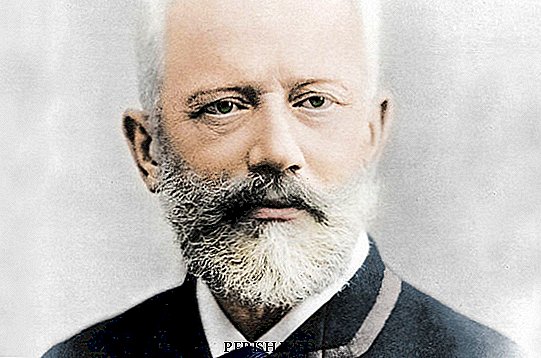
In order to escape from the thought that could bring him to depression, Pyotr Ilyich goes on a long trip abroad. A little later brother Brother Modest joins him with his pupil, deaf-and-dumb boy Kolya Konradi. Classes with a boy have a beneficial effect on the mental state of Tchaikovsky. Concerns about the child, who, according to Peter Ilyich, was distinguished by openness and ingenuity, distracted the composer from sullen reflections on the hopelessness of the situation prevailing in his fate. However, communication with children was not limited to this. On the streets of Italian cities, Tchaikovsky often met young musicians who sang folk songs to earn their living.
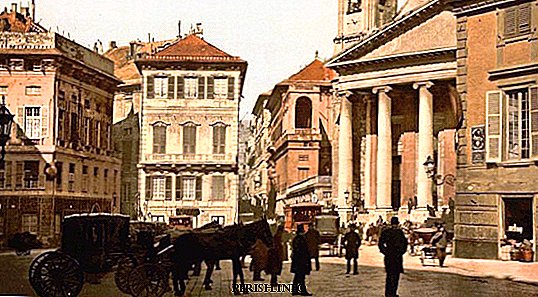
The performance was so inspirational that it delighted the composer. Pyotr Ilyich was particularly impressed by the Florentine boy Vittorio. The charming song of a street singer so deeply penetrated Tchaikovsky’s soul that the composer asked him to sing it several times. This immersion into the world of childhood inspired Pyotr Ilyich to the idea of creating small piano miniatures similar to those that Robert Schumann composed for his seven-year-old daughter Maria. The piano cycle, written by a German romantic composer and named "Album for Young People," was immediately praised by Tchaikovsky. Peter Ilyich was fascinated by this idea, and in February 1878, in a letter to the head of the music publishing company, Peter Ivanovich Yurgenson, he shared his ideas about composing a lightweight collection. plays for children.
Returning home in April of the same year, Tchaikovsky settled on the Kamenka estate, where the younger sister of the composer Alexander Davydov lived with his entire family. This manor was for the composer the most favorite place, which disposed him not only to inspired creativity, but also to complete spiritual rest.
Alexandra Ilyinichna had seven children whom Tchaikovsky loved greatly. Conversations with nieces and nephews, monitoring their activities and games gave Peter Ilyich great joy. Being impressed by communicating with them, at the end of the month, he enthusiastically set about implementing his plan: creating piano miniatures reflecting the pure and bright world of childhood. As originally intended by the composer, they should be light on the presentation of musical material and with captions that are attractive to the younger generation of musicians.
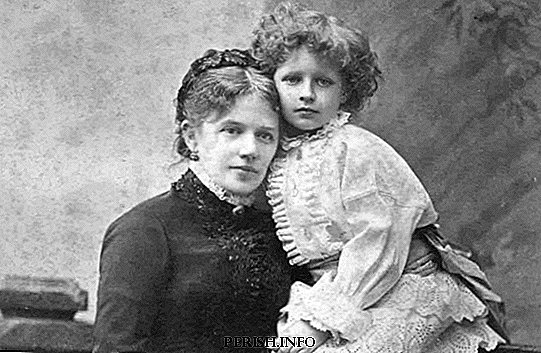
At the end of May, the sketches of children's plays, which included the above-mentioned work “Baba Yaga”, were completed and sent to Yurgenson Publishing House in the twentieth of July. The cycle entitled “Children's Album. Collection of Light Pieces for Children. Imitation to Schumann,” was published out of print at the end of December 1878 with a dedication to six-year-old Kolya Davydov’s favorite Tchaikovsky’s nephew, to whom Pyotr Ilyich felt a special affection.
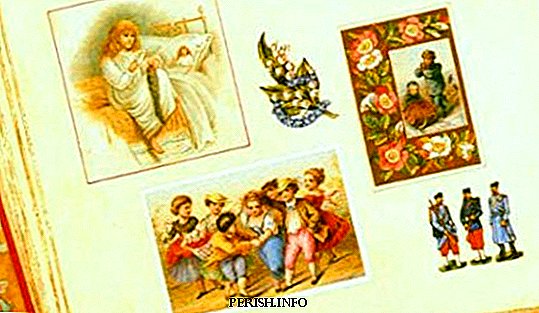

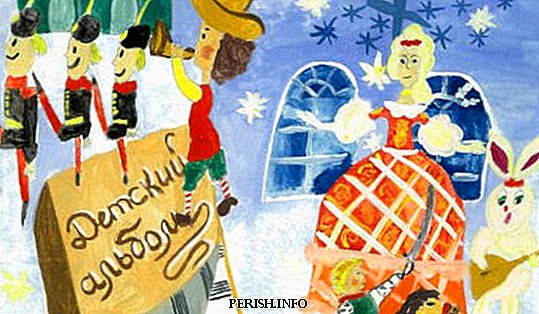
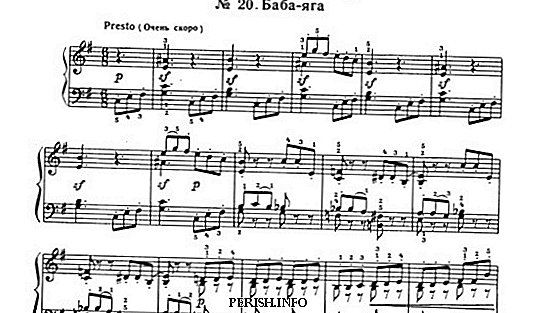
Content of the work
Since the wonderful world of childhood is inseparable from a fairy tale, then, of course, Pyotr Ilyich could not bypass this theme. The fairy tale in the cycle is represented by a colorful miniature "Baba Yaga". If at the present time, thanks to animation and cinema, the popular image from Russian fairy tales has acquired a bit of a comic character, then when Tchaikovsky was being, this heroine seemed to be an evil and terrible witch.
In this work, the image of Baba Yaga: her habits and character are depicted very vividly. At first, she stumbles awkwardly with a stick, then climbs into a stupa and makes a fantastic flight under the whistle of the wind.
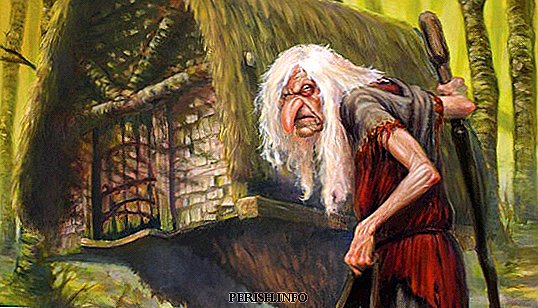
The composer chose the tone for E minor, a simple three-part form and the tempo indication Presto (very quickly) for this piece.
The piece begins with a theme that is prickly in nature, each motive of which ends with discordant accented chords. Strumming eighth notes on staccato, and then sharp chords bring an ominous mood to the music, which is getting stronger with every beat. Then, after the eighth measure, smooth intonations, which alternate with sharp sounds, evoke a sense of malicious intent, started by Baba Yaga, up and down. The dramatic heat is increasingly intensified, and the continuous continuous movement leads unnoticed to the middle section.
The second part of the play is repetitive measured clear short sounds depicting continuous movement. It seems that the heroine of the work rushed off somewhere in her stupa. Further dynamic development leads to the culmination of the work, which coincides with the beginning of the reprise, the theme of which, unlike the beginning of the play, is one octave higher.

The difficulties arising from the young musician in the performance of the work Babaaga.
- “Baba Yaga” is a virtuoso piece, which is intended to be performed at a fast pace. She demands from the young musician certain technical skills, good coordination and plasticity of both hands.
- Of particular difficulty in the work is the performance of sharp eights. In order to precisely withstand the strokes from the beginning to the end, creating a certain figurativeness in the work, an elastic and tenacious apparatus should be developed by the performer.
- Since the composition must be performed in one breath, it is necessary to work out the exact phrasing and at the same time to achieve the flexibility of the wave-like dynamic line, which grows towards a climax and subsides by the end of the work.
Composition "Baba Yaga"included in the immortal opus Peter Ilyich Tchaikovsky “Children's Album” and depicting the famous image of Russian folk tales, is very popular with novice pianists. The artistic and pedagogical significance of this work is very large. The work not only develops the technical skills of the young performer, but also makes you think creatively to create the vivid image conceived by the composer.

Leave Your Comment